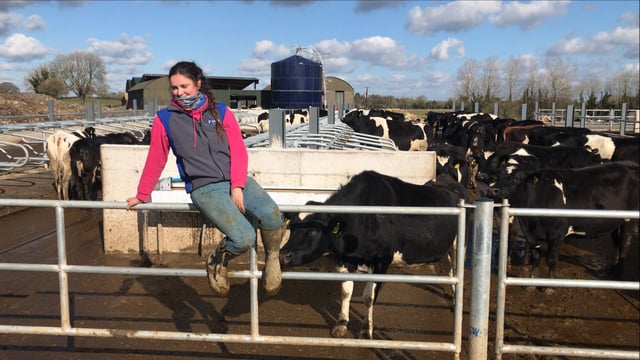How to deal with lameness issues before it becomes a serious problem
Lameness is a serious welfare issue affecting almost every dairy farm in the country.
Lameness issues tend to be more common in wet weather; however, it is also a problem in dry weather and issues such as poor roadways can lead to cases of lame cows – regardless of the weather conditions.
Kieran McGee of Farm Relief Services noted that there are a number of issues arising on farms such as Mortellaro, which is an infection that affects the skin near the hoof.
Furthermore, cases of white line disease are also popping up on farms, so it’s important that these issues are nipped in the bud as soon as possible.
Kieran said that a lame cow could cost a farmer up to €300/year, so it’s important to try and identify any cows that are showing signs of lameness early, so that they can be treated promptly.
However, there are ways to prevent and combat the issue (lameness) before it has a huge financial impact on your business – with some of these coming at no extra cost to the farmer.
If lameness issues persist, it would be a good idea to carry out regular hoof pairing on the herd. This will help you to identify the type of lameness on your farm, so that you can find a solution.
Mobility scoring
A lame cow is easy to identify when the problem is at an advanced stage. However, a good way of identifying cows at an early stage is through mobility scoring.
The quicker you can identify a cow that is lame the better, as it will give her a greater chance of recovering.
Mobility scoring is a system whereby cows are scored on a scale of 0-3 based on their mobility, with zero being good and three being a severely lame cow.





